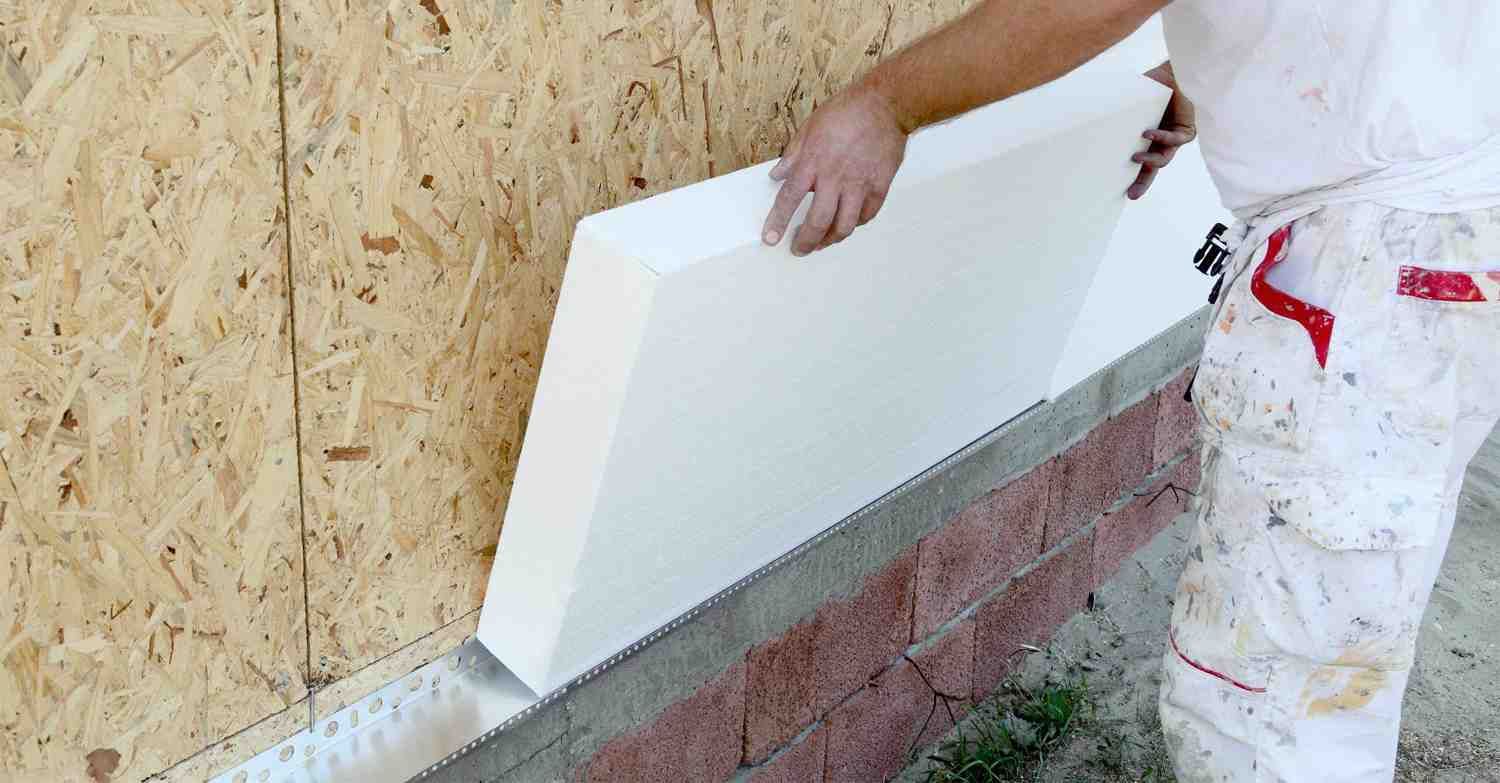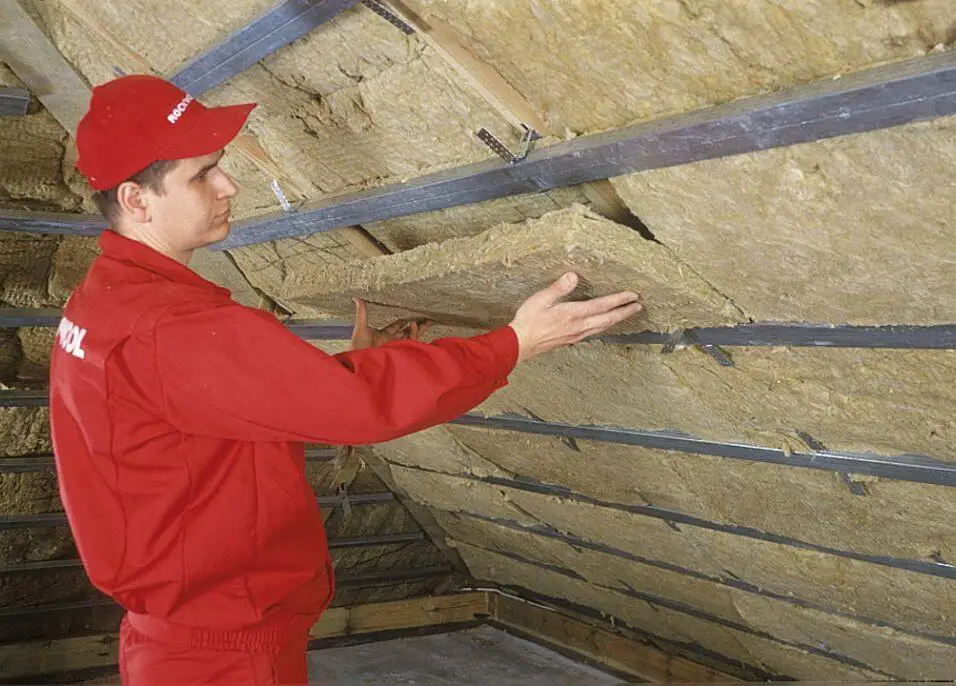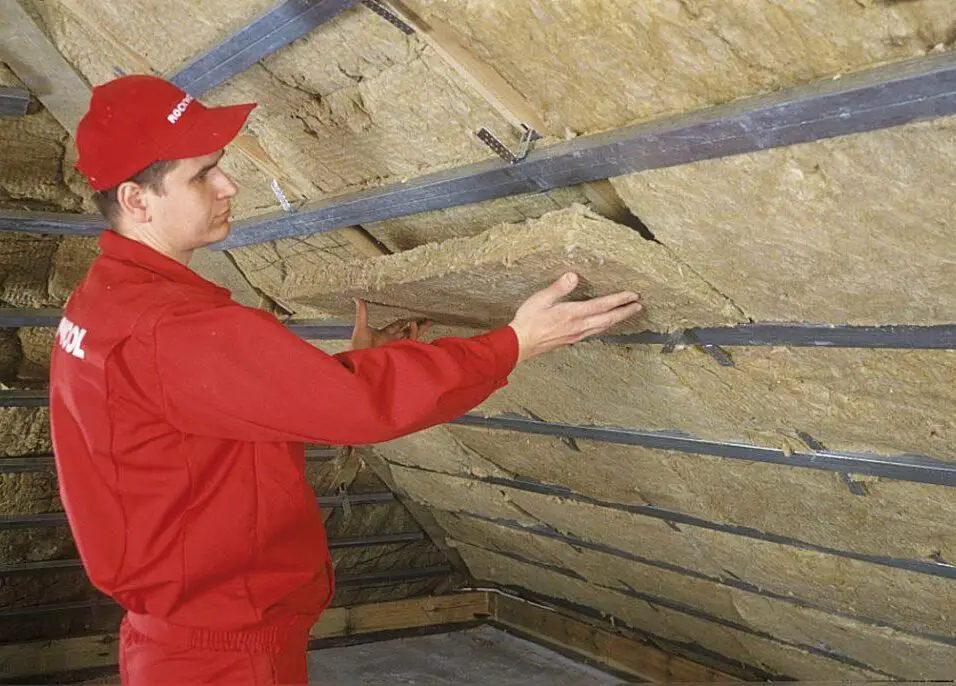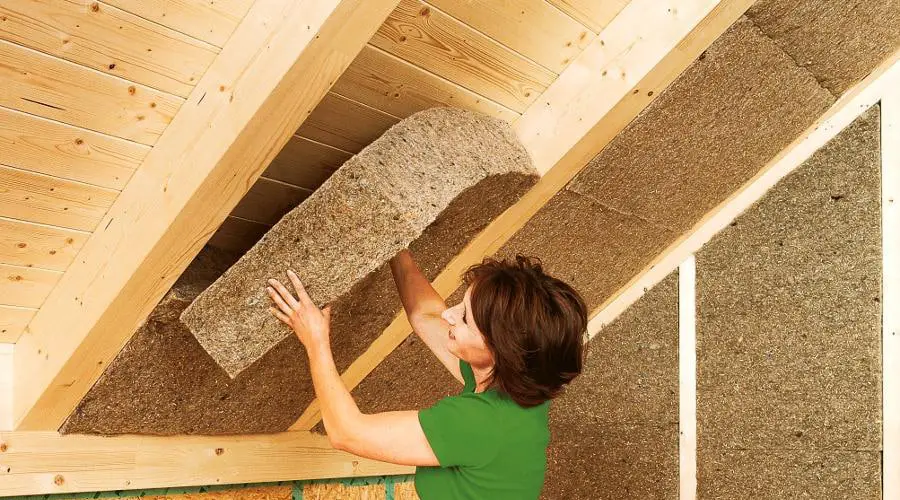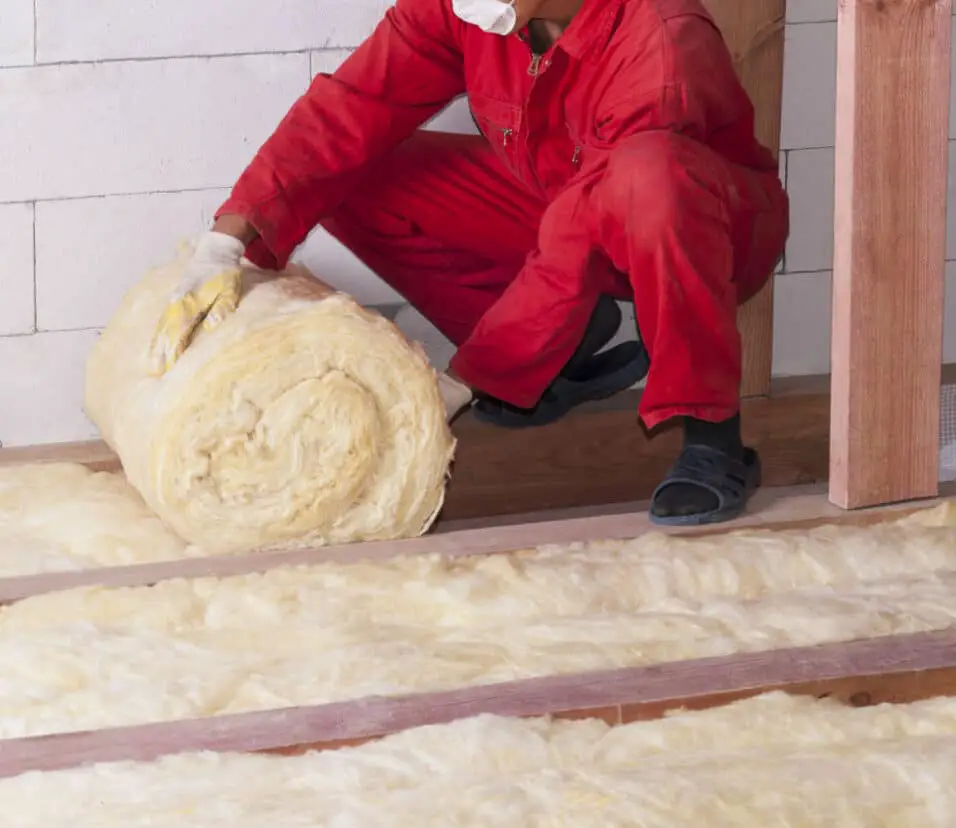What Is Foam Board Insulation
Introduction
What Is Foam Board Insulation: Foam board insulation stands as a pivotal solution within the realm of building and construction, serving as a robust barrier against heat transfer and enhancing energy efficiency. This versatile material, renowned for its remarkable insulating properties, comprises a core of expanded polystyrene (EPS), polyisocyanurate (polyiso), or extruded polystyrene (XPS) encased within rigid panels. Its primary objective is to curtail the flux of heat between indoor and outdoor environments, thus ensuring optimal thermal comfort and cost savings for residential, commercial, and industrial structures.
Characterized by its lightweight yet sturdy composition, foam board insulation is a favored choice for insulating walls, roofs, floors, and foundations. The rigid panels exhibit low thermal conductivity, impeding the passage of heat and maintaining consistent indoor temperatures. Furthermore, these insulation boards are easy to handle and install, allowing for precise fitting and hassle-free integration into various architectural designs.
Foam board insulation goes beyond thermal resistance, as it also contributes to noise reduction and moisture control. Its impermeable nature resists moisture infiltration, preventing the growth of mold and mildew within walls and ceilings. Additionally, this insulation type aids in minimizing sound transmission, promoting a quieter indoor environment.

What is the purpose of foam board?
Foam board or Foam core board is a strong and lightweight material that is easily cut with a sharp craft knife or picture framing mat cutter. It is commonly used for the mounting of prints and photographs and as backing in picture frames.
The primary purpose of foam board insulation is to significantly enhance the energy efficiency and overall thermal performance of buildings. Furthermore, this insulation type aids in sound insulation, creating quieter indoor spaces by reducing the transmission of external noise. Overall, the purpose of foam board extends beyond merely conserving energy; it encompasses creating more sustainable, comfortable, and environmentally responsible structures that align with the evolving demands of modern construction practices.
Why is foam board good?
The moisture resistance of foam board varies. They protect the inside framing from humidity and rain, therefore all of them control moisture levels. Insulation warms internal sheathing to prevent moisture buildup.
Foam board improves building energy efficiency and performance due to its many benefits. Its composition—EPS, polyisocyanurate (polyiso), and extruded polystyrene—gives it excellent thermal resistance. This composition makes foam board very heat-resistant, ensuring optimal indoor temperature regulation.
Foam board insulation can be smoothly integrated into walls, roofs, floors, and foundations. Its stiff panels are lightweight, easy to handle, and quick to install, making it ideal for new construction and retrofit applications. Installation is simple, reducing labor costs and project time. Moisture-resistant foam board protects structures from water infiltration. Preventing moisture buildup in walls and ceilings prevents mold and mildew growth, improving indoor air quality and building envelope integrity. Along with temperature and moisture control, foam board reduces sound transmission, making indoor spaces quieter.
Is foam board insulation better?
Compared to other insulation options, foam board insulation boasts a higher R-value, indicating its exceptional thermal resistance. This translates to greater energy savings, reduced utility costs, and improved indoor comfort. Its rigid panels provide long-lasting structural support, enhancing the durability and longevity of buildings while contributing to their overall stability.
Foam board insulation’s adaptability to various architectural applications, coupled with its ease of installation, accelerates construction timelines and minimizes disruptions. Additionally, its resistance to moisture intrusion and mold growth ensures healthier indoor air quality, promoting the well-being of occupants.
In sum, the comprehensive advantages of foam board insulation make it a preferred choice for modern construction projects. Its capacity to deliver superior thermal performance, durability, and occupant comfort positions it as a standout solution in the pursuit of sustainable and energy-efficient buildings.
Is foam board insulation waterproof?
Polyiso insulation can be water-resistant if you choose the correct facer because the core (polyisocyanurate foam) does not absorb water. ASTM water absorption and permeability tests show that aluminum-faced polyiso insulation is water-resistant.
Foam board insulation is water-resistant, although its waterproofing depends on the insulation substance. Foam board insulation uses EPS, polyisocyanurate (polyiso), and extruded polystyrene (XPS), which resist water intrusion to varying degrees.
The closed-cell structure of XPS foam board insulation repels water, making it waterproof. It can endure moisture without losing insulation, making it excellent for damp or humid settings.
EPS and polyiso foam boards are water-resistant but could leak. They may resist modest amounts of moisture and prevent water from immediately saturating the insulation, but extended exposure to water or high humidity can reduce their insulation efficacy.
Foam board insulation, especially XPS, is waterproof, although its usefulness for water-prone areas depends on the kind and application. Foam board insulation’s water resistance depends on proper installation, sealing, and moisture management.
What is foam board insulation and how does it contribute to the energy efficiency of buildings?
Foam board insulation is a type of thermal insulating material commonly used in construction to enhance the energy efficiency of buildings. It consists of rigid panels made from materials such as expanded polystyrene (EPS), polyisocyanurate (polyiso), or extruded polystyrene (XPS), which are known for their low thermal conductivity. These panels are designed to minimize the transfer of heat between the interior and exterior of a building, thereby significantly reducing energy consumption and improving indoor comfort.
The insulating properties of foam board insulation stem from its ability to impede the conduction of heat through its structure. By creating a thermal barrier, foam board insulation helps maintain stable indoor temperatures, preventing the loss of heat during colder months and the infiltration of heat during warmer periods. This reduced need for heating and cooling systems translates to lower energy bills and a decreased carbon footprint.
Can you explain the composition and structure of foam board , including the different types of materials used?
Foam board comprises a diverse range of rigid panels designed to impede heat transfer and enhance energy efficiency in buildings. These panels are crafted from materials such as expanded polystyrene (EPS), polyisocyanurate (polyiso), and extruded polystyrene (XPS), each offering distinct insulating properties.
Expanded polystyrene (EPS) foam board is composed of expanded beads of polystyrene, fused together to create a closed-cell structure. This structure traps air within the cells, inhibiting heat flow and delivering cost-effective insulation.
The composition of foam board enables it to exhibit low thermal conductivity, making it an efficient insulating material. Its rigid form provides structural support, contributing to a building’s overall stability.
What are the primary applications of foam board in construction, and how does it enhance the thermal performance of different building components?
Construction uses foam board insulation to improve energy efficiency across building components. It improves the thermal performance of walls, roofs, floors, and foundations when used in insulation.
Foam board insulation between studs or on outer sheathing reduces conduction heat transfer in walls. Stable indoor temperatures are achieved by reducing heating and cooling energy use. Foam board in roofing systems minimizes solar heat gain, keeping indoor temperatures moderate without air conditioning.
Foam board floor insulation reduces heat loss to the ground, enhancing thermal comfort. When applied to foundations, it prevents cold air from entering basements, reducing moisture buildup and improving interior air quality.
Low thermal conductivity reduces heat transfer between interior and outdoor environments, making foam board insulation effective. Its application in building components creates a uniform thermal envelope, reducing temperature changes and energy use. Foam board insulation optimises energy usage, occupant comfort, and sustainable building practises by meeting unique thermal needs in varied applications.
How does foam board resist the transfer of heat, and how does its R-value compare to other insulation materials?
Foam board insulation effectively resists the transfer of heat through its unique composition and cellular structure. The key lies in its capacity to impede heat conduction, the primary mode of heat transfer. The rigid panels, made from materials like expanded polystyrene (EPS), polyisocyanurate (polyiso), or extruded polystyrene (XPS), contain numerous tiny air pockets trapped within their closed-cell structure. This structure acts as a barrier to the movement of heat by inhibiting the flow of thermal energy through the material.
The insulating effectiveness of foam board is quantified by its R-value, which measures its thermal resistance. A higher R-value indicates greater resistance to heat transfer. Foam board typically boasts impressive R-values, often outperforming traditional materials like fiberglass or cellulose. This is due to its compact cellular design, which limits the conduction of heat.
Comparatively, foam board insulation’s R-value can vary depending on the specific material used and its thickness. For instance, extruded polystyrene (XPS) insulation tends to have a higher R-value per inch than expanded polystyrene (EPS) or polyisocyanurate (polyiso) insulation. This advantage arises from XPS’s denser closed-cell structure. As a result, foam board insulation not only effectively resists heat transfer but also often provides superior thermal resistance when compared to other insulation materials, making it a favored choice for enhancing energy efficiency in buildings.
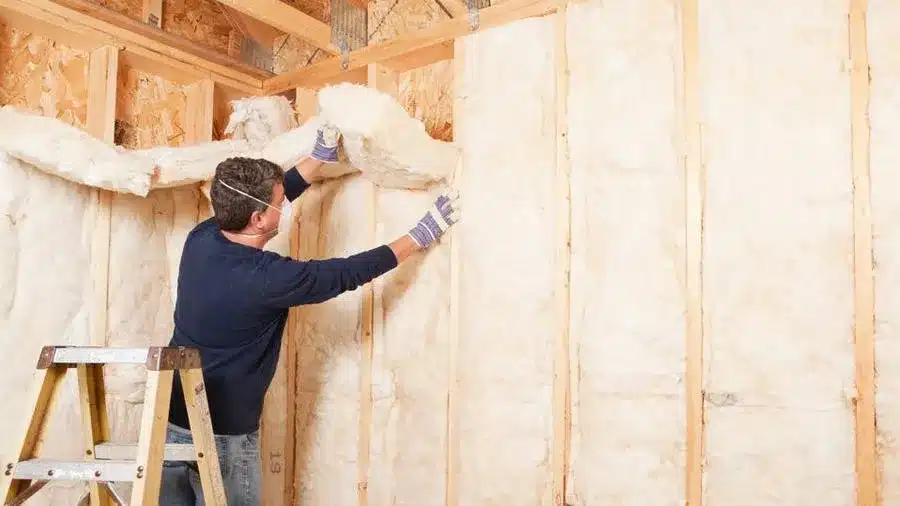
Conclusion
Foam board emerges as a pivotal player in the dynamic arena of modern construction, offering a multitude of benefits that span far beyond its immediate thermal resistance capabilities. Its ingenious composition, characterized by rigid panels containing expanded polystyrene, polyisocyanurate, or extruded polystyrene cores, addresses the pressing need for energy efficiency, indoor comfort, and structural integrity.
Through its adept thermal insulation, foam board insulation curtails the relentless exchange of heat, thereby reducing energy consumption, utility costs, and environmental impact. Its adaptability to diverse architectural applications, from walls and roofs to floors and foundations, ensures a comprehensive approach to optimizing building performance. Moreover, its capacity to deter moisture intrusion and diminish sound propagation showcases its holistic contribution to creating healthier and quieter indoor environments.
As the global construction landscape continues to evolve, with sustainability at the forefront, foam board stands as an indispensable tool in the pursuit of greener, smarter, and more economically viable building solutions. By empowering structures to maintain consistent temperatures, mitigate energy waste, and enhance occupants’ well-being, foam board proves its enduring significance in shaping a more resilient and energy-conscious built environment.



